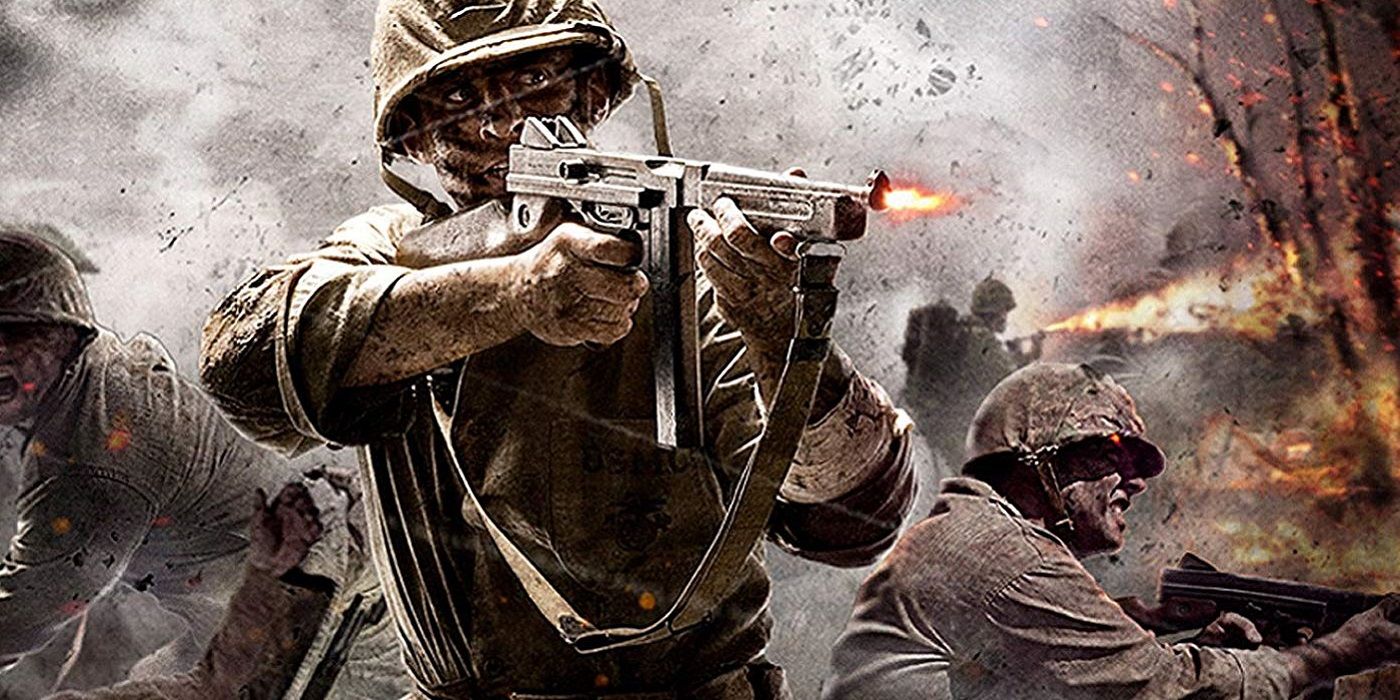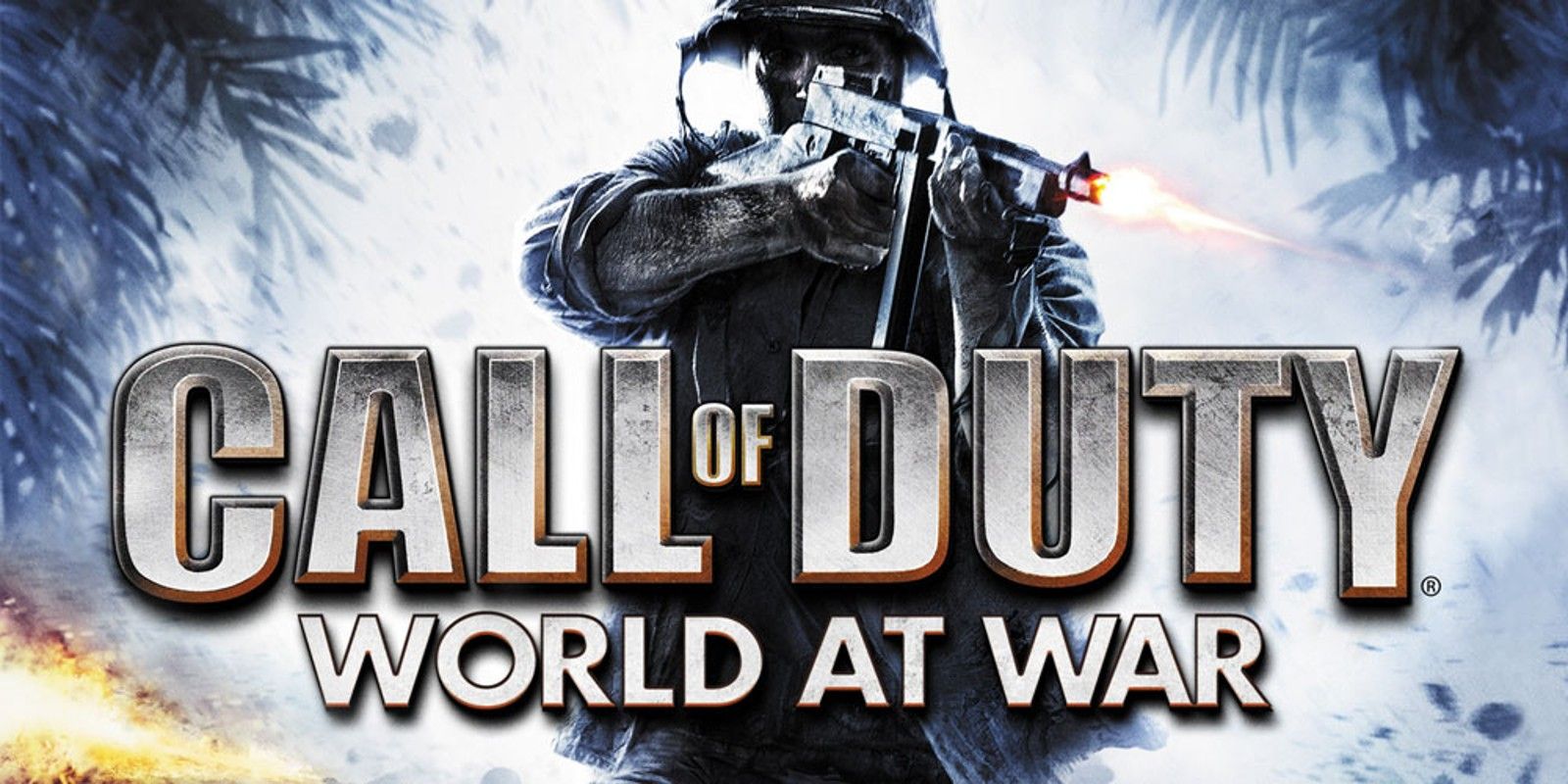The first person shooter genre learned to walk with titles like Doom and Wolfenstein. By the early 2000s, FPS games had massively grown in popularity through titles like Medal of Honor and Call of Duty. These began as World War II shooters with more challenging levels that set the groundwork for modern FPS titles.
Following the original Call of Duty: Modern Warfare release, Activision and Treyarch wanted to give one last hoorah to their WWII roots with the gritty and detailed Call of Duty: World at War. Between Treyarch and Infinity Ward, the former developer has always given fans a much more violent Call of Duty games, in terms of graphics. As the first M-rated WWII shooter from the franchise, World at War pulls no punches in showing how graphic the war really was.
World at War takes the grandeur of the set pieces in Modern Warfare and brings historical realism into the mix. From D-Day to Germany's fall, World at War doesn't shy away from the realities of war. This title also shows guerilla tactics for the first time, during the American levels in the pacific. By the end of the game, players can't even trust a corpse.
The characters in World at War really drive the story. For the first time, a period shooter introduces characters who are seen again in future installments, like Call of Duty: Black Ops' Viktor Reznov. Giving characters names makes the stakes even higher. The Pacific levels hit especially hard, as they force the player into a mindset of kill or be killed.
The story drives the campaign and makes it memorable, but cinematic moments in Call of Duty: World at War are further refined in online multiplayer. Online campaigns for this title are less memorable than others, but this game introduces one of the biggest additions to online gameplay: Nazi Zombies.
Upon launch, Nazi Zombies showed how Call of Duty was able to branch out into other genres while fostering teamwork between friends to survive. Those ideas would continue to be built upon as Zombies evolved into the franchise players know and love today. In many ways, World at War is the prototype for modern Call of Duty games.
Next-gen gaming has brought immersion to Call of Duty in ways it couldn't have 10 years ago. However, World at War shows that story doesn't have to be sacrificed for quality. It also laid the foundation for everything that would become normal for the modern shooter. Call of Duty later returned to this era with Call of Duty: WWII. Even with current graphics and controls, it pales in comparison to the impact Call of Duty: World at War had on the genre.



